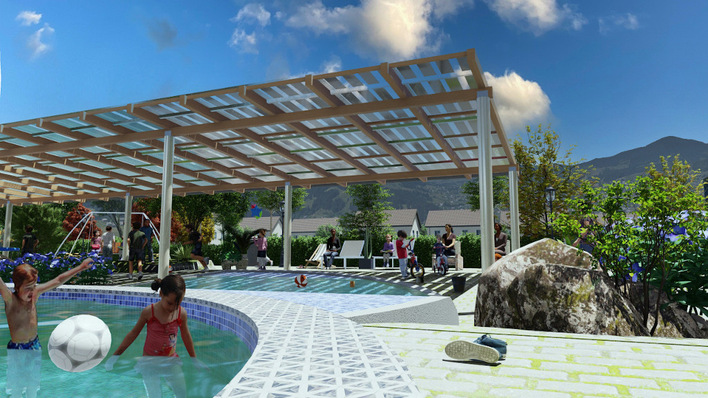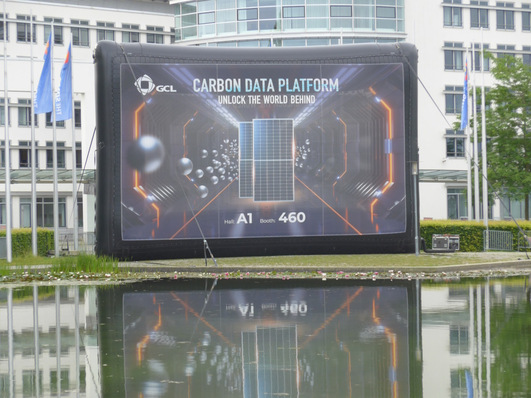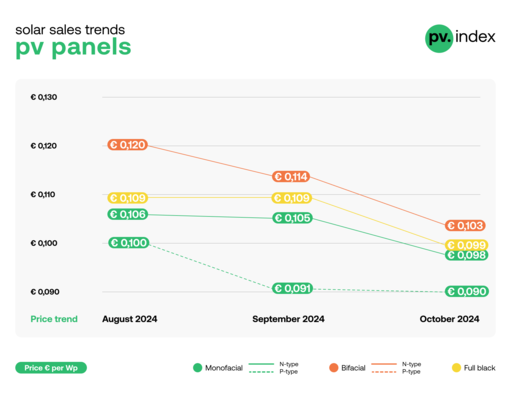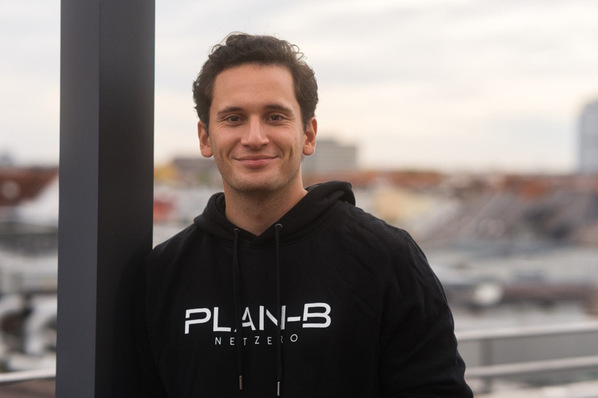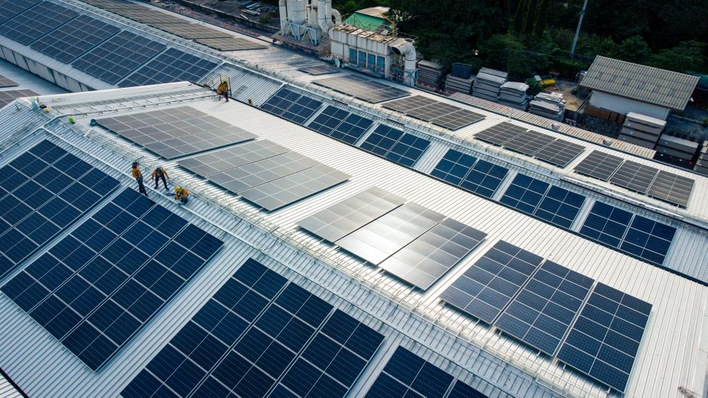The 13th edition of the International Technology Roadmap for Photovoltaic (ITRPV) will be available for download from April 14, 2022. With the help of 62 international experts along the PV value chain, the new edition summarizes and discusses over 100 parameters in numerous diagrams. As part of the publication, the VDMA Sector Group Photovoltaic Equipment will present the key messages of the roadmap in a web seminar on April 14, 2022. More information on the planned web seminar is available here.
No cost reduction for PV systems in 2021In 2021, 173 GW of photovoltaic capacity was installed worldwide to generate electricity, bringing the cumulative capacity of PV well above 940 GW. Over several decades, the trend showed a steady price reduction. This trend was disrupted in 2021 as no price reduction could be observed due to the tripling of poly-Si price. The rising prices for poly-Si and wafers were at least partially compensated by cell and module manufacturers in terms of spot market prices.
Larger wafers and modules in trend
In the area of new formats, a strong trend towards larger wafers and larger modules is emerging. The smaller wafer formats of less than 161.0² mm² will disappear within the next three years in favour of larger formats. Currently, the focus is on the 166.0² mm² (M6), 182.0² mm² (M10) and 210.0² mm² (G12) formats. These significantly larger wafer formats in turn lead to larger modules, both for rooftop and power plant applications. For rooftop installations, modules smaller than 1.8 m² have a 50 percent market share. The limitation of module area is due in part to manual installation. In power plant applications, 60 percent of modules are currently larger than 2.5 m², with this share expected to increase to over 85 percent by 2032. In addition, as many as 16 percent of modules for power plants are expected to be larger than 3.0 m².
Significant focus on technology in 2022
The market share of monocrystalline silicon wafers (mono-Si) will be around 90 percent in 2022 and is expected to increase further. The market share of higher-grade n-type material will also increase from the current 20 percent to about 70 percent in the next ten years. As a result, the product warranty for modules is expected to increase to 15 years and the performance warranty to 30 years. Degradation after the first year of operation will drop to one percent.
In terms of cell technologies, PERC cell technology with its high- efficiency variants is the dominant technology, with a market share of more than 85 percent expected in 2022. In combination with the introduction of half-cell and larger module formats, modules with more than 600 W have established themselves in the market. PERC cell technology is expected to remain dominant with a 70 percent market share into 2032. Silicon heterojunction technology is expected to reach a market share of 19 percent, while other high-efficiency technologies such as integrated back-contact and tandem technology follow with about 5 percent each. (hcn)
More information about ITRPV, here


